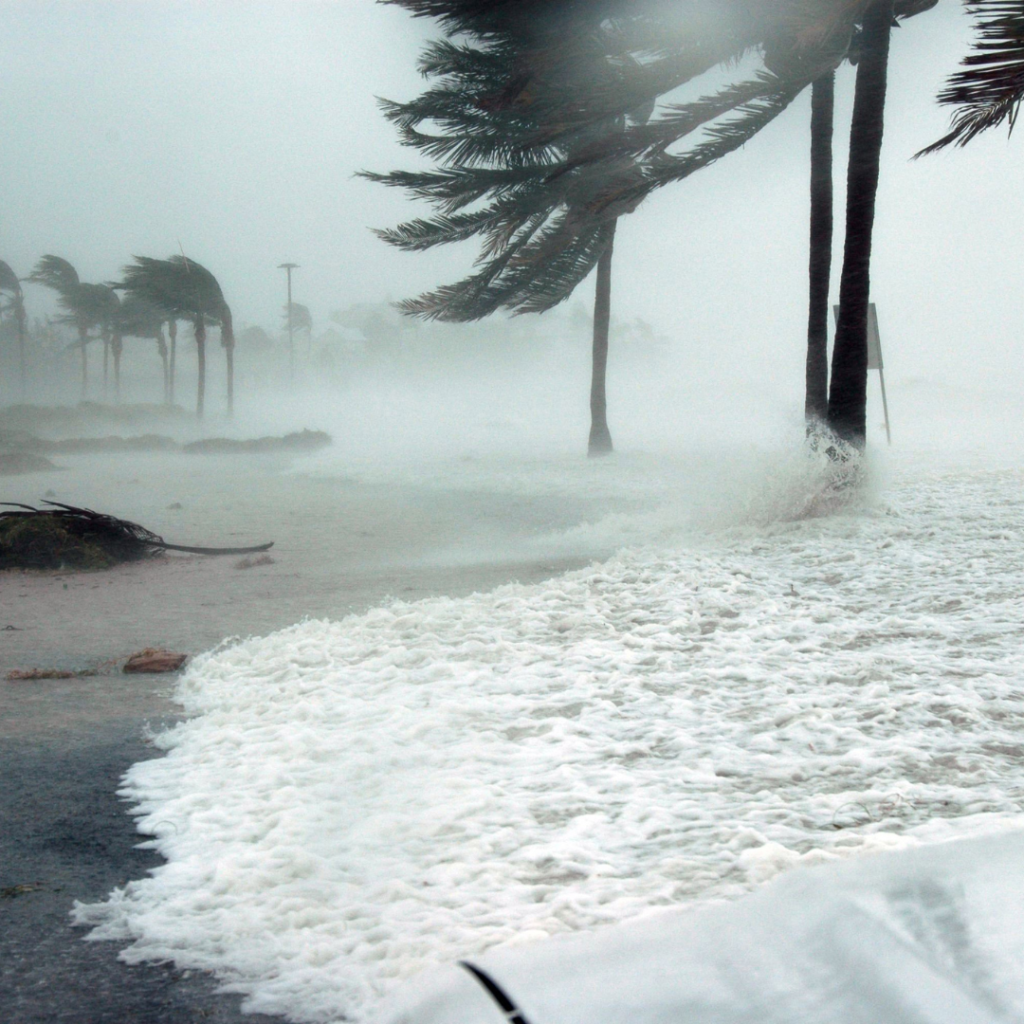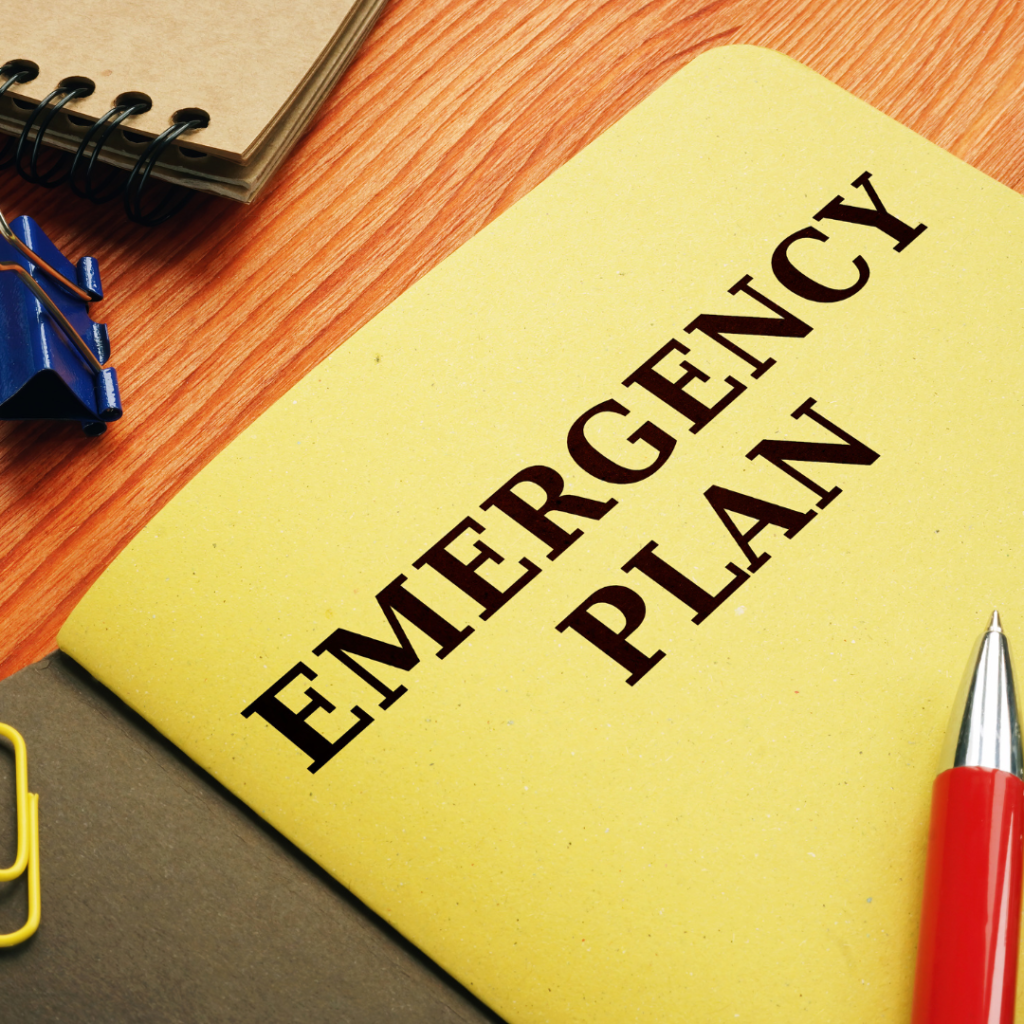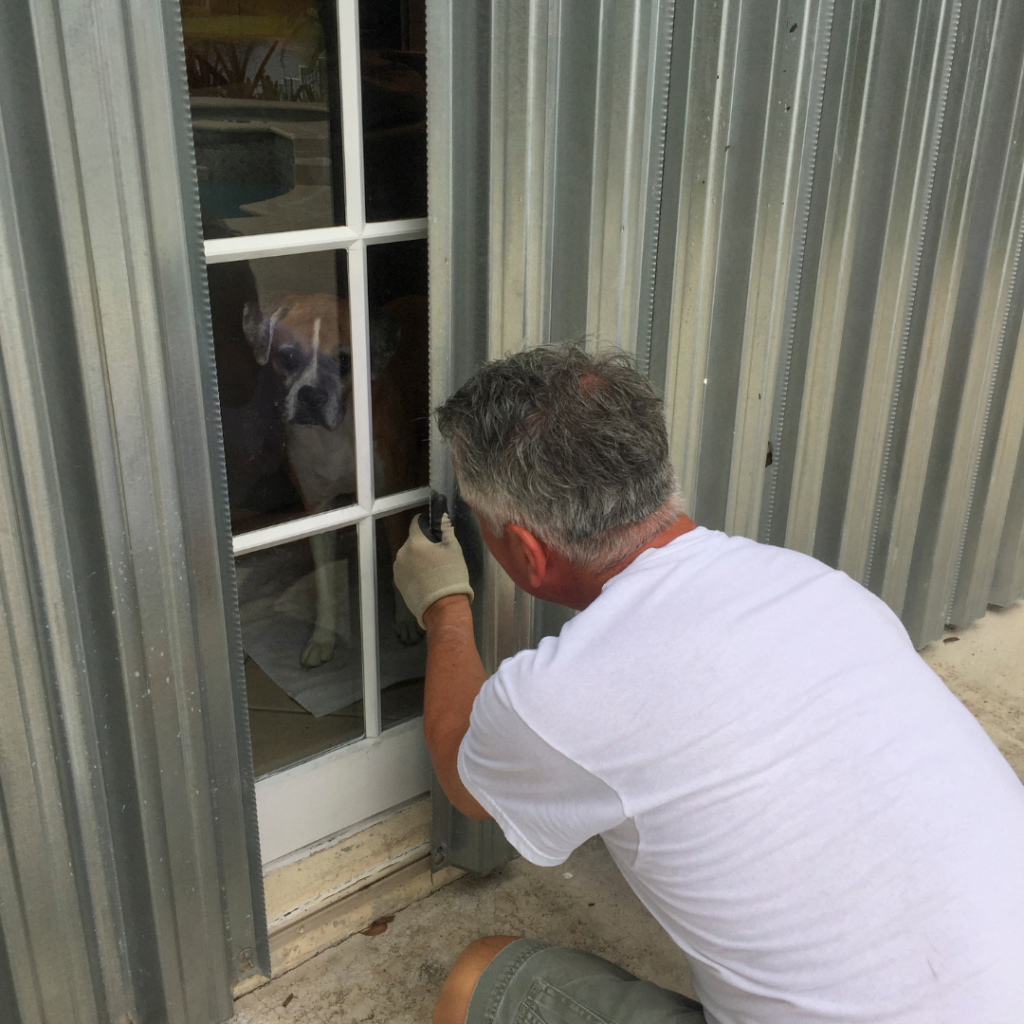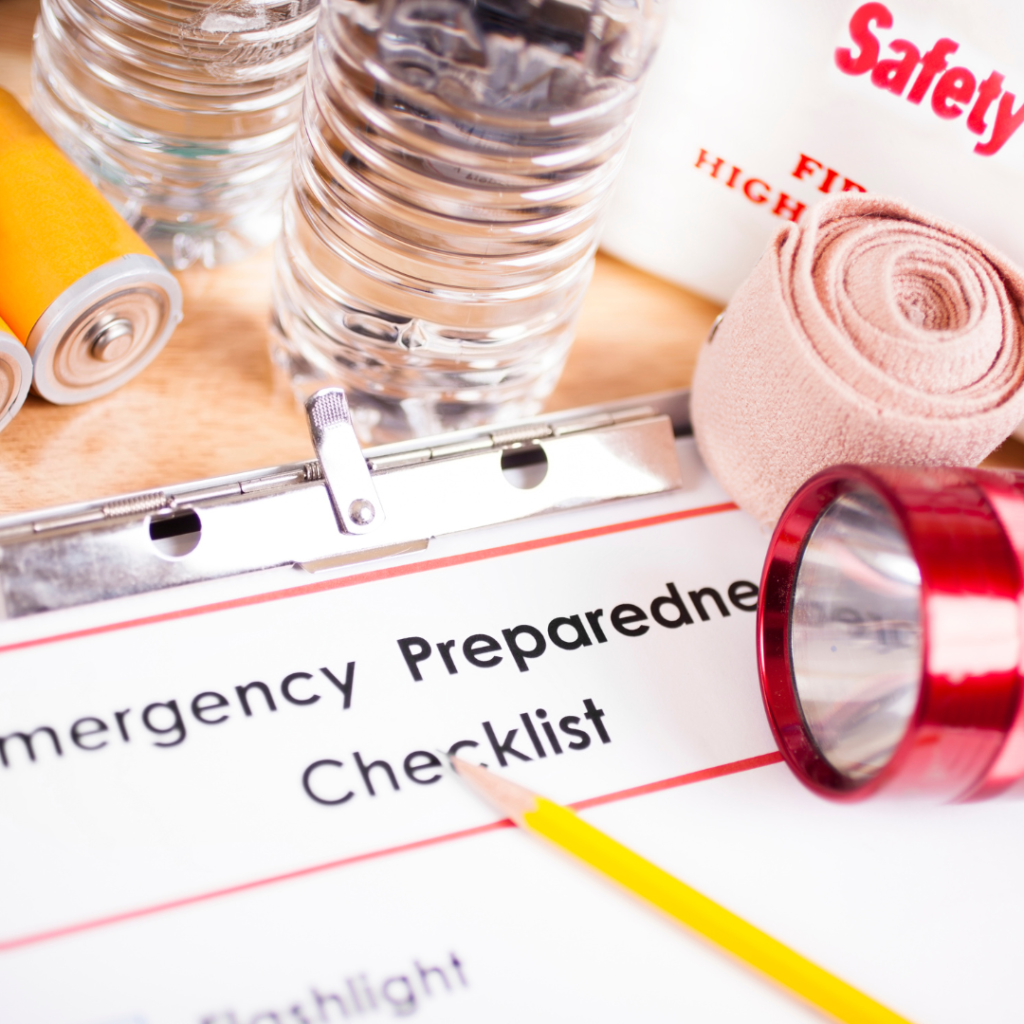
Are you prepared for a hurricane evacuation? When a hurricane is imminent, having a well-prepared evacuation plan is crucial for ensuring the safety of you and your loved ones. In this post, we’ll delve into the essential steps and strategies for safely evacuating when a hurricane threatens your area.
By addressing the potential risks of not evacuating in time, we emphasize the importance of heeding evacuation warnings and having a solid plan in place. Failing to evacuate promptly can lead to serious dangers, including being stranded without essential supplies or being caught in life-threatening conditions.
Throughout this post, we’ll provide a brief overview of the main points to help you understand what you’ll learn. It’s essential to highlight the value of being well-prepared for evacuation, showcasing the relevance of the content and the potential impact it can have on your safety and well-being.
Planning for a hurricane evacuation is vital for personal and community safety. Understanding the importance of evacuation plans involves recognizing the risks of ignoring evacuation warnings and identifying the essential elements of an effective plan.
Ignoring evacuation warnings can lead to life-threatening situations. Failing to evacuate when advised can result in being trapped in hazardous conditions, such as flooding or intense winds, which can jeopardize personal well-being and safety. Moreover, it can also burden emergency responders and hinder their ability to assist those truly in need. For more information on the risks of ignoring evacuation warnings, visit the National Weather Service website.

An effective evacuation plan should include a clear understanding of evacuation routes, designated meeting points, essential emergency supplies, and communication strategies. It is crucial to identify safe locations in advance and to communicate evacuation plans with family members and neighbors. Coordinate with local authorities and follow their guidance for a well-organized and effective evacuation plan.
When a hurricane is imminent, it’s crucial to be prepared for evacuation. This involves creating a family emergency communication plan, assembling a disaster supply kit, and securing your home before leaving. Taking these steps can help ensure the safety and well-being of you and your loved ones during a potential evacuation.
Developing a family emergency communication plan is essential to staying connected and informed during a hurricane evacuation. Begin by identifying an out-of-town emergency contact that each family member can reach out to in case of separation. Make sure everyone has the contact’s information memorized or stored in their phones. Determine meeting points both inside and outside your neighborhood, and establish a plan for how to communicate if cellular service is disrupted.
It’s also important to stay informed about local alerts and warnings. Register for emergency alerts through your local government’s notification system, and consider installing weather apps on your mobile devices for real-time updates.

Assembling a disaster supply kit well in advance of a hurricane is essential for ensuring your family’s comfort and safety during an evacuation. Your kit should include essential items such as non-perishable food, water, medications, a first aid kit, flashlights, batteries, and hygiene products. Additionally, consider including important documents, cash, and any items specific to your family’s needs, such as infant formula or pet supplies.
For a comprehensive list of items to include in your disaster supply kit, refer to the Federal Emergency Management Agency’s (FEMA) website.
Before leaving your home, it’s important to take measures to secure it against potential hurricane damage. This includes bringing in any outdoor objects that could become projectiles in high winds, such as patio furniture and garden décor. Board up windows and doors if time allows, and consider turning off the main utilities to prevent damage from gas leaks or electrical issues.
When a hurricane is imminent, it’s crucial to stay informed through reliable sources to receive timely and accurate evacuation orders. This vital information can be obtained from local government websites, emergency management agencies, and trusted weather services like the National Weather Service (NWS). Additionally, signing up for emergency alerts via text message or mobile apps can help ensure you receive real-time updates.
Staying informed through reliable sources means you are getting the most accurate and up-to-date information about the progression of the hurricane and potential evacuation orders. Make sure to regularly check the websites of your local government and emergency management agencies for official updates. You can also follow verified social media accounts of these organizations for quick updates.
When a hurricane is approaching, it’s essential to closely follow instructions from local authorities. Evacuation routes provided by emergency management agencies are carefully planned to ensure the safety of residents. These designated routes are often selected based on factors such as elevation, traffic flow, and proximity to potential hazards like flooding. It’s crucial to adhere to these routes to avoid getting stranded or encountering unsafe conditions.
Following evacuation routes is critical for a safe and efficient departure from the affected area. Familiarize yourself with these routes before a hurricane strikes and be prepared to follow them as directed. Additionally, consider the potential for heavy traffic and plan your departure time accordingly to avoid congestion.
Understanding shelter options is an essential part of hurricane preparedness. Depending on the severity of the storm and the recommendations of local authorities, various shelter options may be available, including public shelters, designated evacuation centers, or arrangements with friends and family outside the affected area.
Understanding the available shelter options ensures that you are prepared in the event of an evacuation. Public shelters are established by emergency management agencies and are equipped to provide basic necessities during the storm. Additionally, designated evacuation centers may offer more resources and facilities to accommodate evacuees.
Remember to stay informed, follow designated evacuation routes, and understand the shelter options available to you. By being proactive and prepared, you can ensure a safe evacuation process in the event of an impending hurricane.
When a hurricane is imminent, executing your evacuation plan is crucial for ensuring the safety of your family, pets, and property. Here are the key steps to take in this phase:
Taking care of your pets and livestock should be a top priority when evacuating before a hurricane. Make sure to:
For more information on pet safety during hurricanes, you can visit the American Veterinary Medical Association website.

Securing your property is essential to minimize potential damage during the hurricane. Here’s what you should do:
By taking these steps to ensure the safety of your pets and secure your property, you can confidently proceed with your evacuation plan knowing that you’ve done everything possible to protect your loved ones and belongings.
In the face of an approaching hurricane, the safety of you and your loved ones takes precedence. Being well-prepared and informed ensures a smoother evacuation process. As you’ve learned, early action is crucial to avoid potential dangers. By carefully following the step-by-step guide, you’re equipping yourself with the knowledge and confidence needed to evacuate safely.
Remaining alert and staying informed through reliable sources is your best defense against the unpredictable nature of hurricanes. By keeping a check on local news, weather updates, and official evacuation orders, you can make timely and informed decisions for your safety.

Those who are well-prepared are better equipped to face the challenges that come with a looming hurricane. Remember to stock up on essential supplies, secure your home, and have a clear evacuation plan. Don’t wait until the last minute to gather necessities, as the rush can lead to oversights.
While it may be a relief to have safely evacuated, it’s important to use this experience as a learning opportunity. Take the time to reassess your evacuation plan, make note of any shortcomings, and enhance it for future emergencies. Preparedness is not merely a one-time task; it’s an ongoing commitment to safeguarding yourself and those around you.
As you reflect on the importance of early evacuation and the fundamental steps for a safe departure, remember that your proactive approach plays a vital role in mitigating potential risks during a hurricane. Stay safe, stay informed, and be prepared for the unexpected.